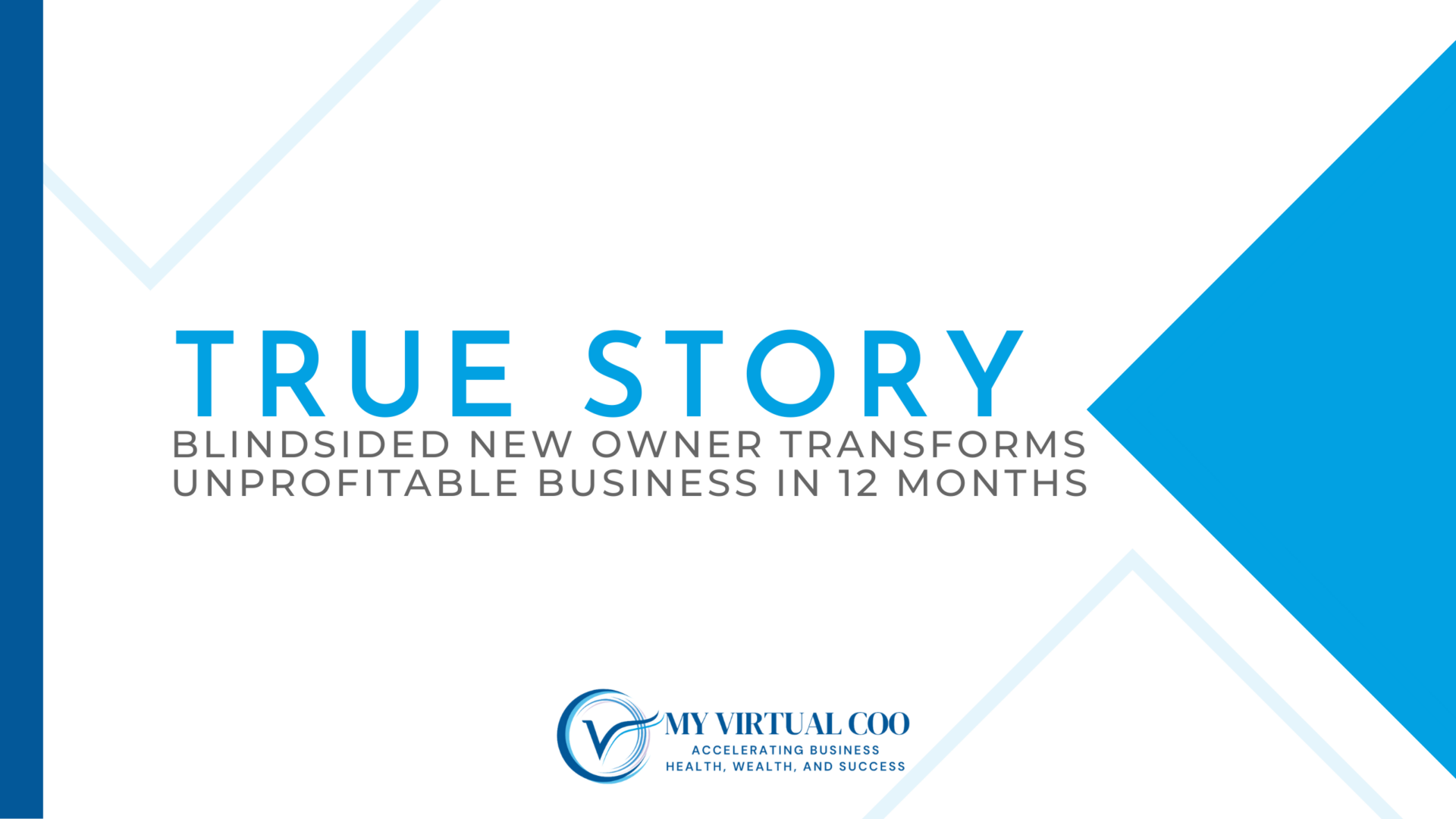Tacking on subsidiary businesses is a great method to scale your business.
However, many business leaders fail to realize that the work to support and monitor subsidiaries can slowly degrade the overall business and its financial health. That’s exactly what was happening in this true story.
Here’s how we helped turns things around.
Problem #1: Lacking Capacity to Support the Growing Business
Solution #1: Documenting the Workload and Using Time-Saving Tools
We chose the most labor-intensive process, client meetings, and reduced the annual work from 160 to 40 hours through use of customer relationship management (CRM) email templates, bulk emailing, and a scheduling tool. This win secured the trust of the team and, more importantly, freed capacity to document and categorize all tasks done or expected on behalf of the subsidiary businesses. As this started, it was obvious that the business would win from investing in a systems and process hire. Upon their arrival, the team picked up the pace of documenting processes, found time-savers, and showed the owner that more staff members were needed.
Problem #2: Financial Reports Didn’t Show Profitability of the Core and Subsidiary Businesses, Making Educated Decisions Difficult
Solution #2: A Profit and Loss Projection
P&L statements were not reviewed on a quarterly basis nor reconciled quickly enough to make smart decisions. First, we explained the need for this review. Then, we got an updated P&L statement, we segmented revenue and costs according to the core and subsidiary businesses. Next, we matched this data with the knowledge of the workload and started healthy discussions about raising subsidiaries’ fees for work completed, efficient cross-communication, and staff allocation.
Problem #3: Blurry Roles and Responsibilities Lowered Productivity
Solution #3: Functional Organization Co-designed
We boosted productivity by creating an Org visual of the entire team, including providers, outsourcers, and subsidiaries. Next, we provided a collaboration board of generic responsibilities and let the team move responsibilities next to their name. Within an hour, all team members understood their and others’ general responsibilities and started to remove unnecessary overlaps. This exercise identified the lack of clarity around C-suite (CEO, COO…) responsibilities and what items should be delegated so time was spent on business strategy, better decisions, and business development.
On the surface, the idea of growing by adding subsidiaries sounds wonderful. It can free up cash to improve the business. However, servicing costs could cost you more time than you can commit. To avoid this trap, always work subsidiary management processes into your CRM, segment your financials, and clarify responsibilities as the business evolves. All this effort will produce a better return on your investment and positive, energized culture.
Will You Be Next?
At My Virtual COO, we help service-based businesses overcome growth and business management hurdles through:
- Growth, Profitability, and Impact Projections
- Organizational Design
- Lean® Process Design
- Client Experience Documentation
- Productive Collaboration and Change Acceleration
- C-Suite Training





